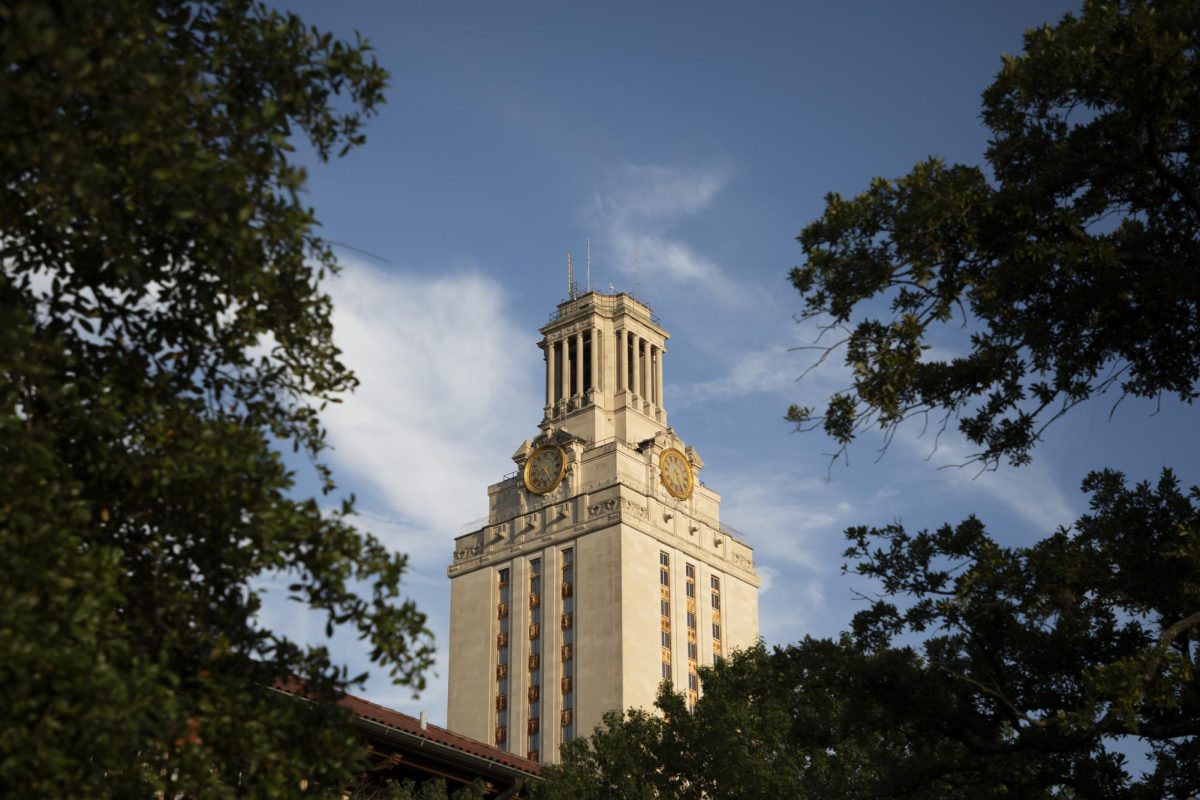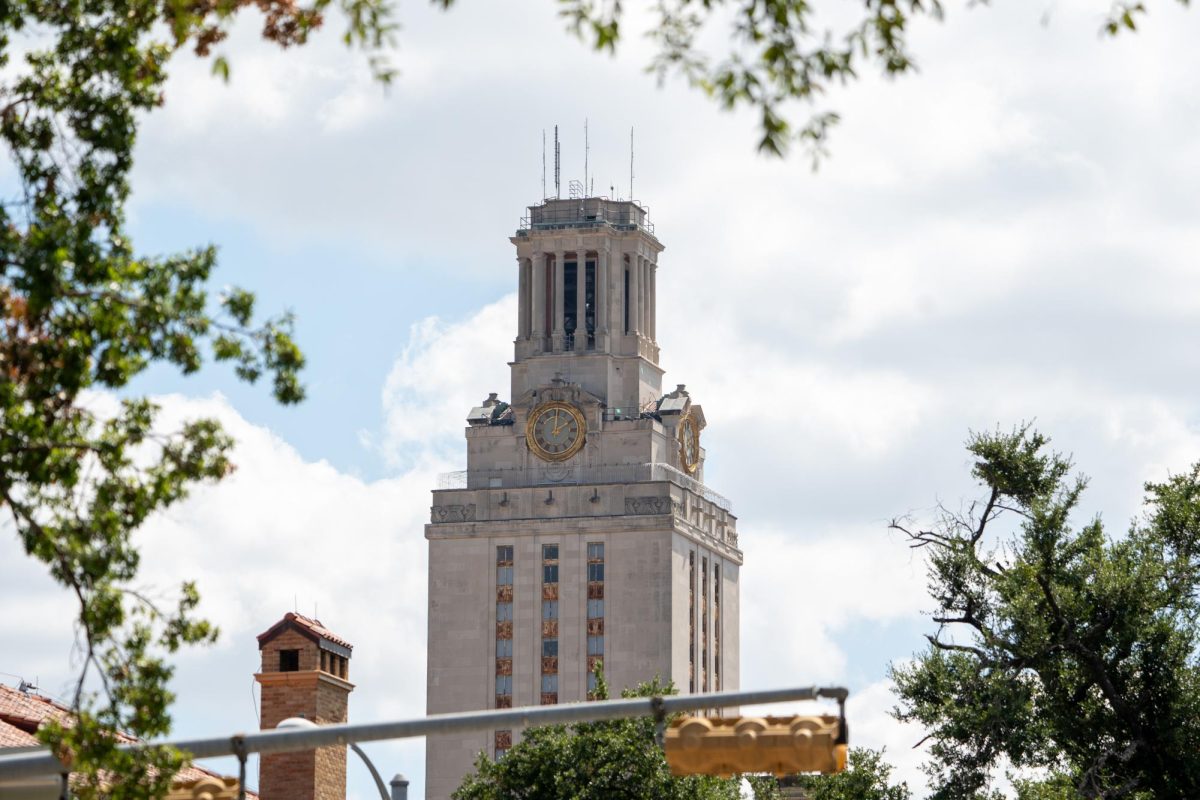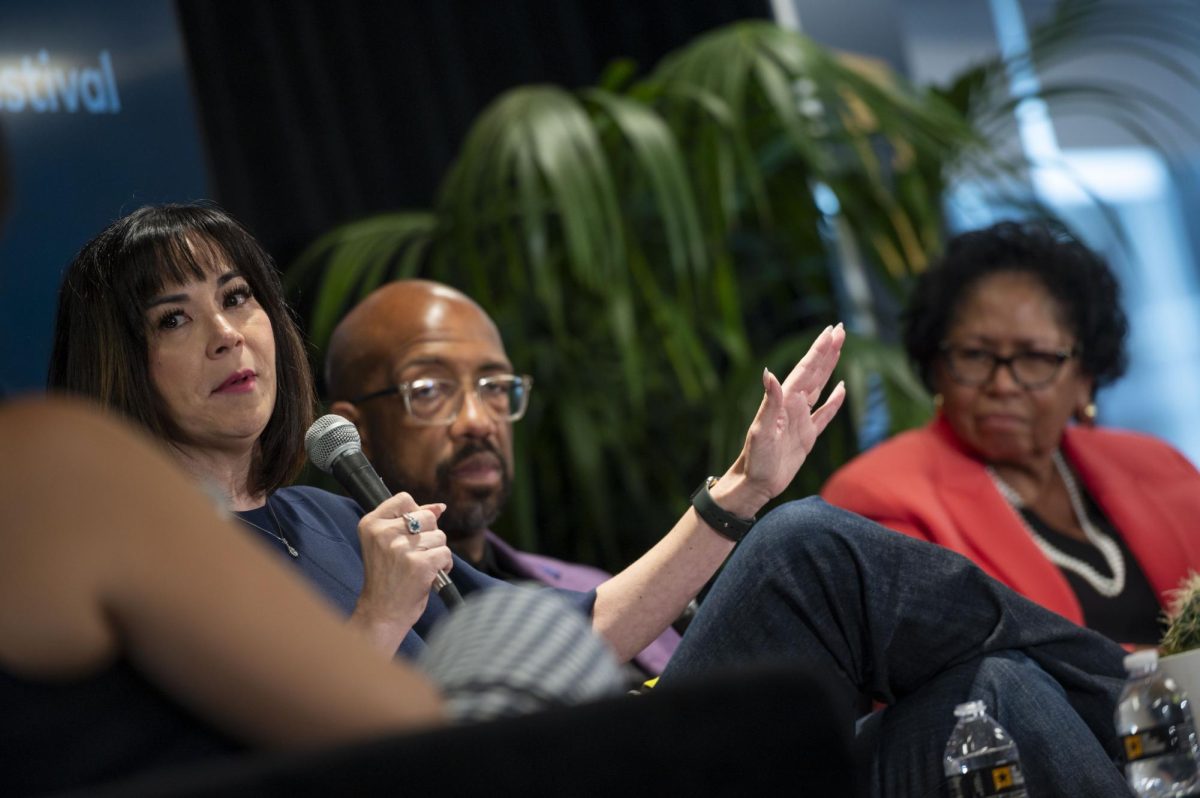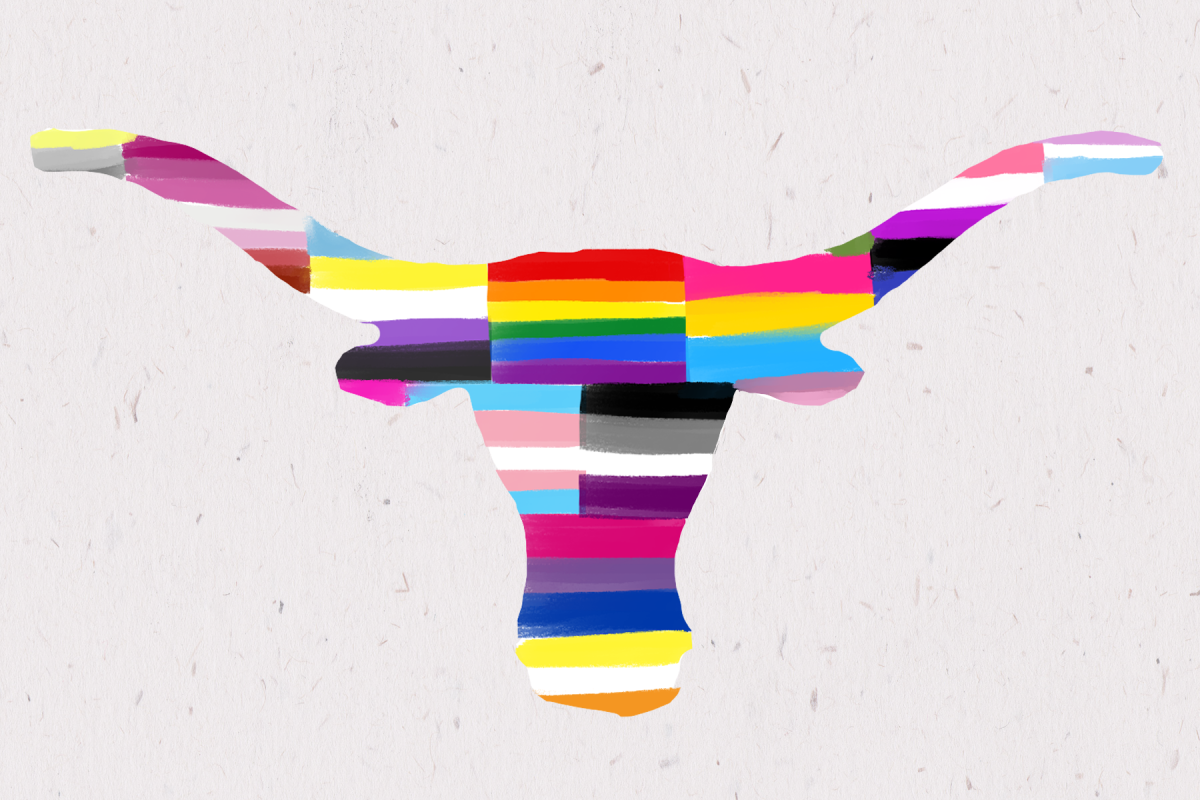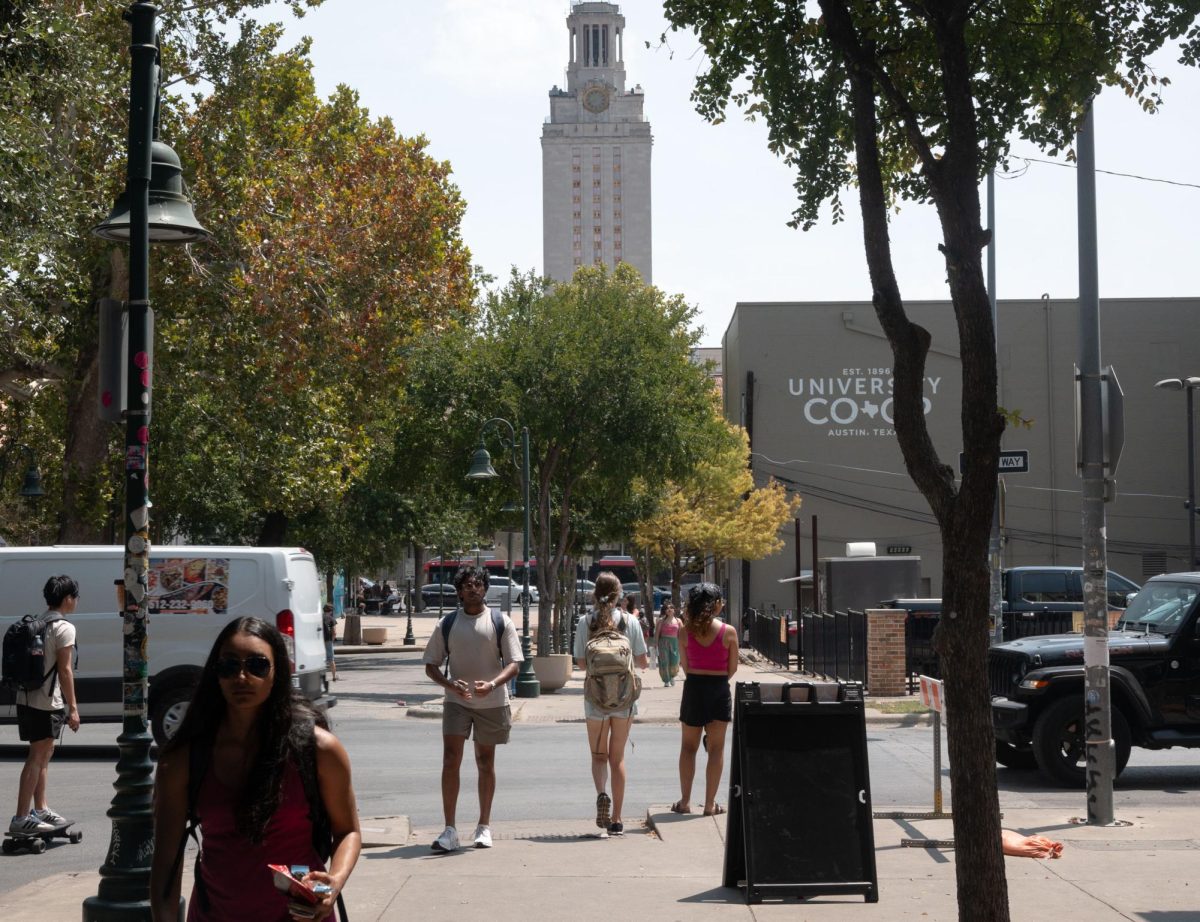Forty-five research teams across the UT System each received $100,000 seed grants for their research and advances on the human brain.
The recipients were selected from a group of 158 proposals and reviewed by 100 faculty researchers from institutions outside of Texas, according to a press release.
Tom Jacobs, chairman of the UT Brain Research through Advancing Innovative Neurotechnologies (BRAIN) review committee, said UT BRAIN is an initiative of the UT System Neuroscience and Neurotechnology Research Institute to advance research on the human brain by fostering collaboration among scientists and researchers across the University System.
The institute promotes trans-disciplinary, multi-institutional research projects focused on neuroscience and neurotechnology, according to Jacobs.
“We want to give [the] University System scientists and researchers the tools to make breakthroughs in our understanding of the human brain,” Jacobs said. “Their work has the potential to eliminate neurological diseases such as Alzheimer’s and autism and improve treatment for people who suffered strokes, spinal cord or brain trauma.”
According to a press release, seed grant recipient Andrew Dunn, interim chair and professor in biomedical engineering, is looking at dendritic spines on the human brain that play an important role in learning and memory, potentially leading to treatments for ADHD and autism. Dunn said this project has been possible because of the recent technological advances for improved imaging.
“The microscope builds on a new class of microscopes — called super-resolution microscopes — that have been developed over the past few years,” Dunn said. “Our approach is different from existing techniques in that it combines two ultrashort pulsed lasers together … resulting in improved spatial resolution.”
Jacobs said the UT System Neuroscience and Neurotechnology Research Institute is planning to announce a second round of seed grants in 2016.
“UT-Austin has always been highly collaborative,” Dunn said. “These grants provide new opportunities to start new collaborations and projects that may not have been
possible previously.”











